 I would have to say that in my opinion St. Peter's in Rome takes the prize as "Most Photogenic Interior." I have been looking at my photo collection, and I have a disproportionate number of the inside of this awe inspiring structure. There is so much to look at, I wonder if paying attention to the Mass would be secondary? I do know that one of the Calvinist reactions against Catholicism concerned adornment. Compare this sparse interior in a Calvinist church in England.
I would have to say that in my opinion St. Peter's in Rome takes the prize as "Most Photogenic Interior." I have been looking at my photo collection, and I have a disproportionate number of the inside of this awe inspiring structure. There is so much to look at, I wonder if paying attention to the Mass would be secondary? I do know that one of the Calvinist reactions against Catholicism concerned adornment. Compare this sparse interior in a Calvinist church in England.
I like this view of the interior of the dome because you can clearly see the Latin Bible verse which came to be known as "The Petrine Doctrine." Peter became the first Pope in a 2000 year succession of Popes.
"Tu es Petrus et super hanc petram aedificabo ecclesiam mean et tibi dabo claves regni caelorum" ("You are Peter and upon this rock I will build my Church, to you I will give the keys of the kingdom of heaven." Mt 16:18)
Jesus may have been making a little joke when he said this to Peter because "Peter" was derived from the Greek word for "rock." Was Jesus smiling when he said this? I ask this because in the Middle Ages there was actually a theological debate about whether Jesus ever laughed, since there is no specific documentation of this in the New Testatament.

 There is much that is captivating about a Gothic cathedral like the famous Notre Dame of Paris. The beautiful stained glass and the lofty interior space must have been truly awe inspiring to the 12th century Parisian. They certainly are to me.
There is much that is captivating about a Gothic cathedral like the famous Notre Dame of Paris. The beautiful stained glass and the lofty interior space must have been truly awe inspiring to the 12th century Parisian. They certainly are to me.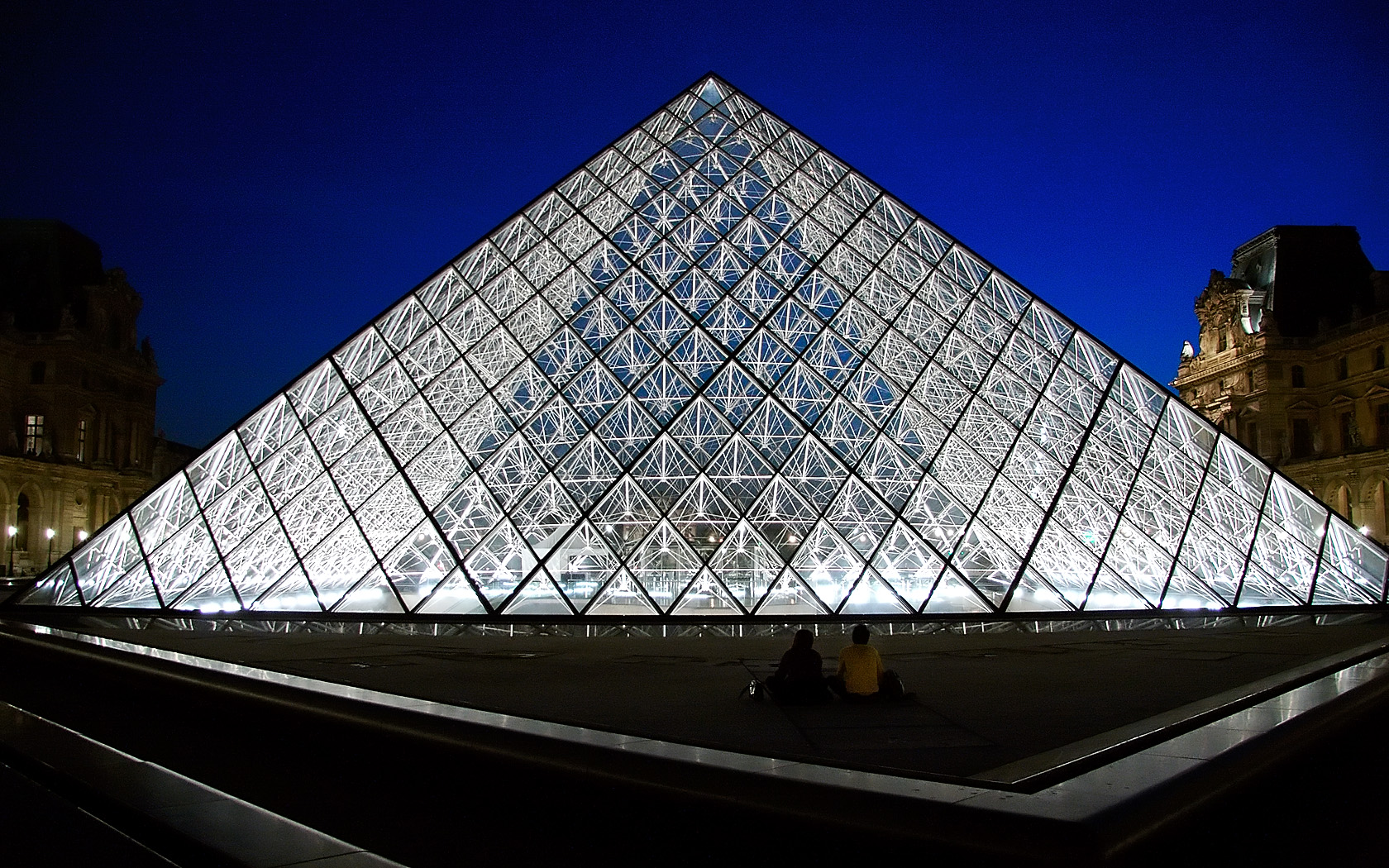 I learned a couple weeks ago that a former student of mine, Erin H., is looking at the blog from time to time. Given that there are other former students who also see this blog, this might seem unremarkable. But it turns out that Erin is in Paris for a year, and there's something special to me about having someone there checking out my blog. :-)
I learned a couple weeks ago that a former student of mine, Erin H., is looking at the blog from time to time. Given that there are other former students who also see this blog, this might seem unremarkable. But it turns out that Erin is in Paris for a year, and there's something special to me about having someone there checking out my blog. :-)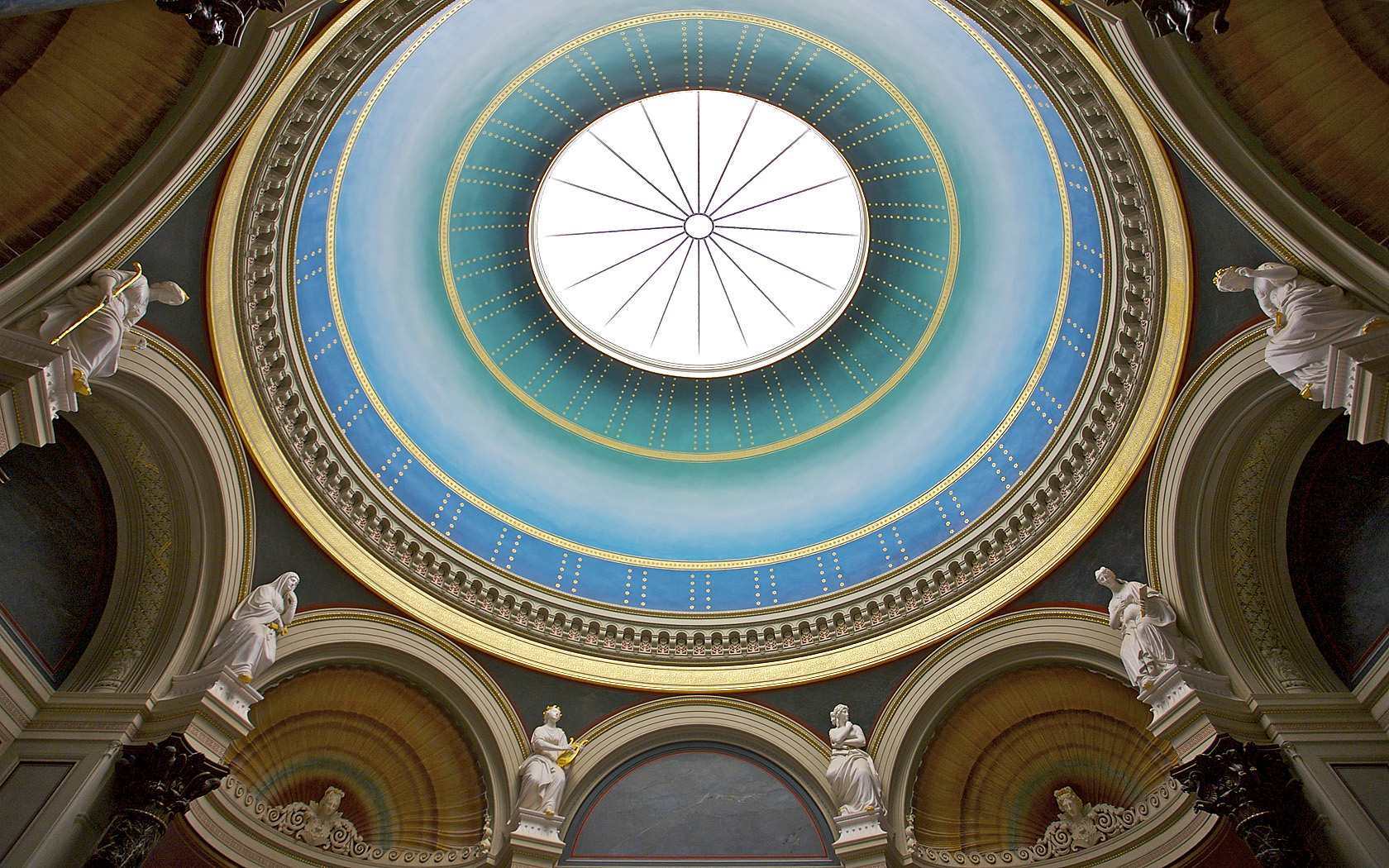 I'm sorry to say this, but I don't know what specific dome I am picturing here. I do know that it is one of the art museums in Berlin, Germany. The structure was beautiful and the art was even better.
I'm sorry to say this, but I don't know what specific dome I am picturing here. I do know that it is one of the art museums in Berlin, Germany. The structure was beautiful and the art was even better.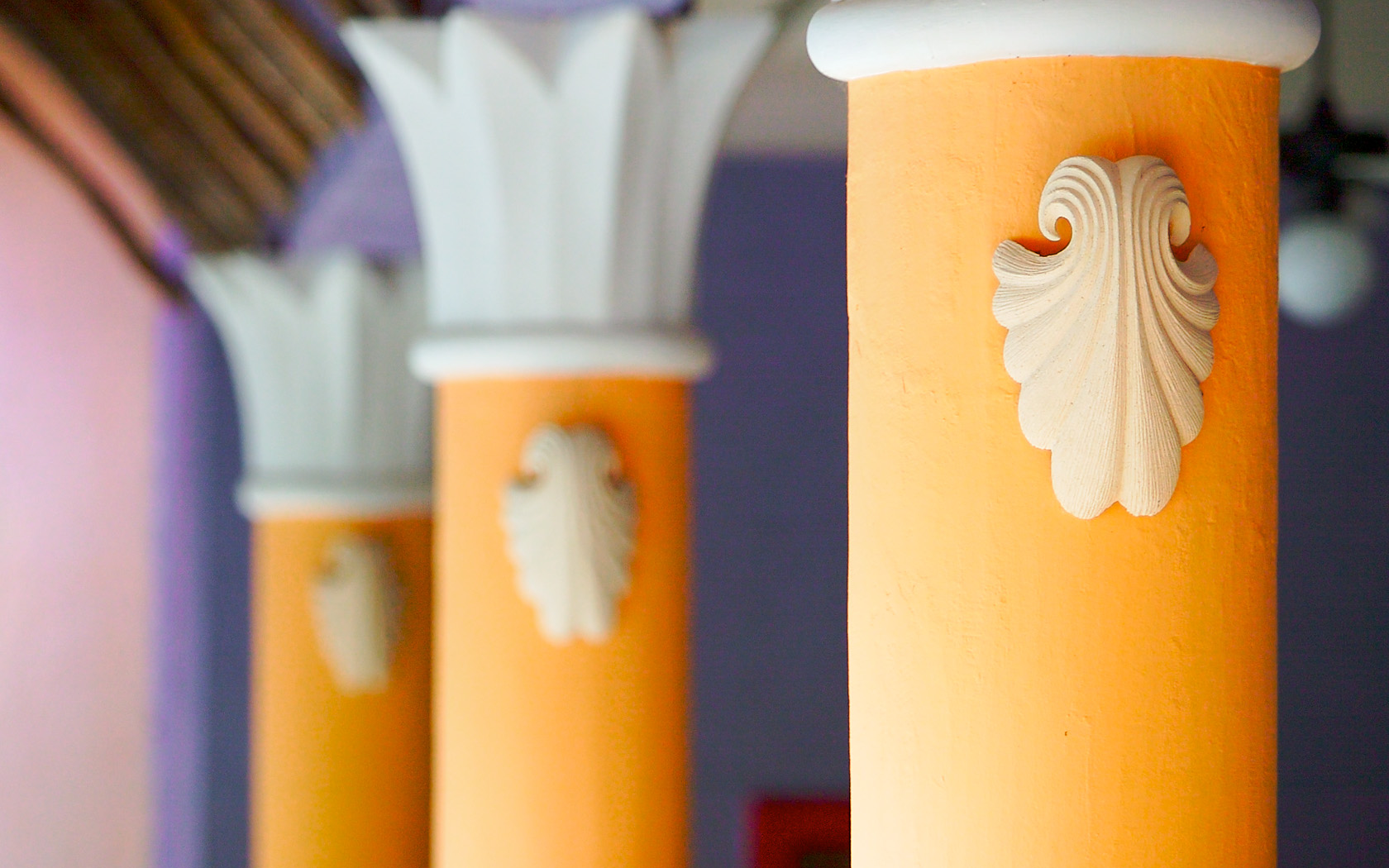 Several weeks ago
Several weeks ago  Almost anything looks better in morning light, including the Terry Redlin Art Center in Watertown. This photo was taken a few minutes after I took
Almost anything looks better in morning light, including the Terry Redlin Art Center in Watertown. This photo was taken a few minutes after I took 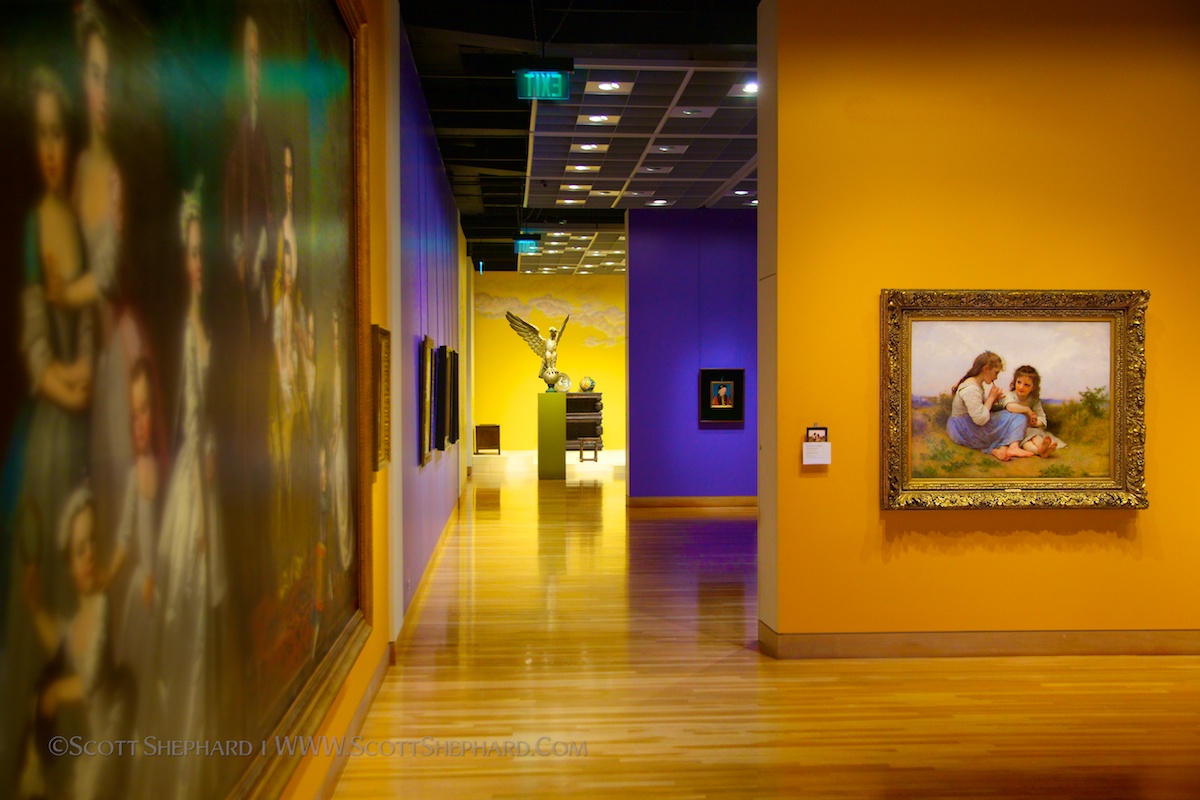 You may have noticed that I like to take photographs of art museum interiors. This photo comes from the Denver Art Museum. The inspiration for the title is the fact that the design and color of the space that showcases the art are so welcoming.
You may have noticed that I like to take photographs of art museum interiors. This photo comes from the Denver Art Museum. The inspiration for the title is the fact that the design and color of the space that showcases the art are so welcoming. I am in Denver this week and we are being treated to the first major snow storm of the season - 8" so far. But it is supposed to be sunny tomorrow, when I fly out.
I am in Denver this week and we are being treated to the first major snow storm of the season - 8" so far. But it is supposed to be sunny tomorrow, when I fly out.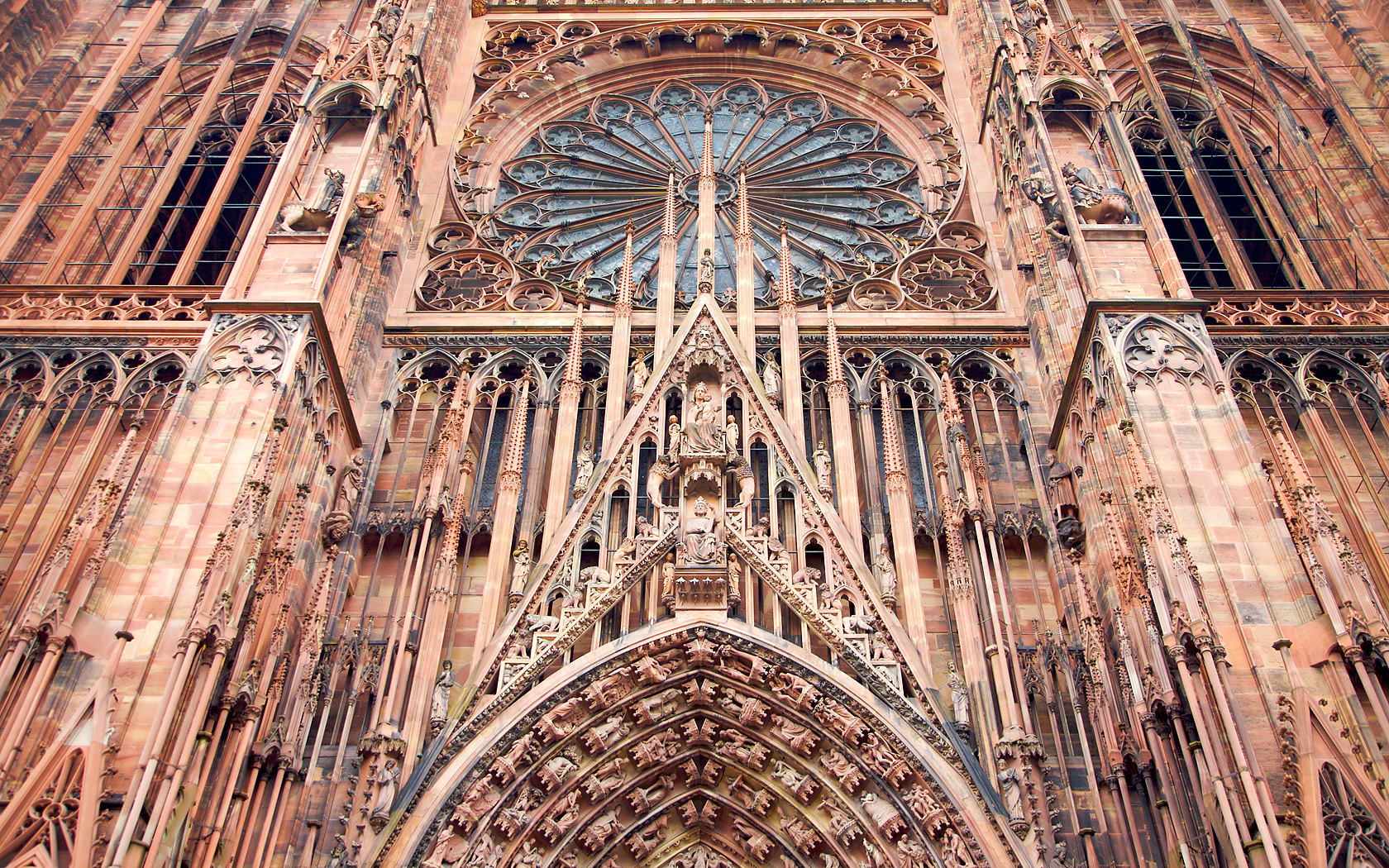 Pink is perhaps a more accurate color to describe this amazing structure. The color comes from the unique, local sandstone from which it is constructed. This cathedral is the 7th tallest church in the world and for 2 1/2 centuries it was the tallest building in the world. The cathedral's namesake town sounds German and the food looks German, but trust me - it is in the beautiful Alsace-Lorraine region of eastern France. On a side note, terrorists sought to detonate a bomb in the square in front of the cathedral in 2000 but the plot was revealed and foiled.
Pink is perhaps a more accurate color to describe this amazing structure. The color comes from the unique, local sandstone from which it is constructed. This cathedral is the 7th tallest church in the world and for 2 1/2 centuries it was the tallest building in the world. The cathedral's namesake town sounds German and the food looks German, but trust me - it is in the beautiful Alsace-Lorraine region of eastern France. On a side note, terrorists sought to detonate a bomb in the square in front of the cathedral in 2000 but the plot was revealed and foiled.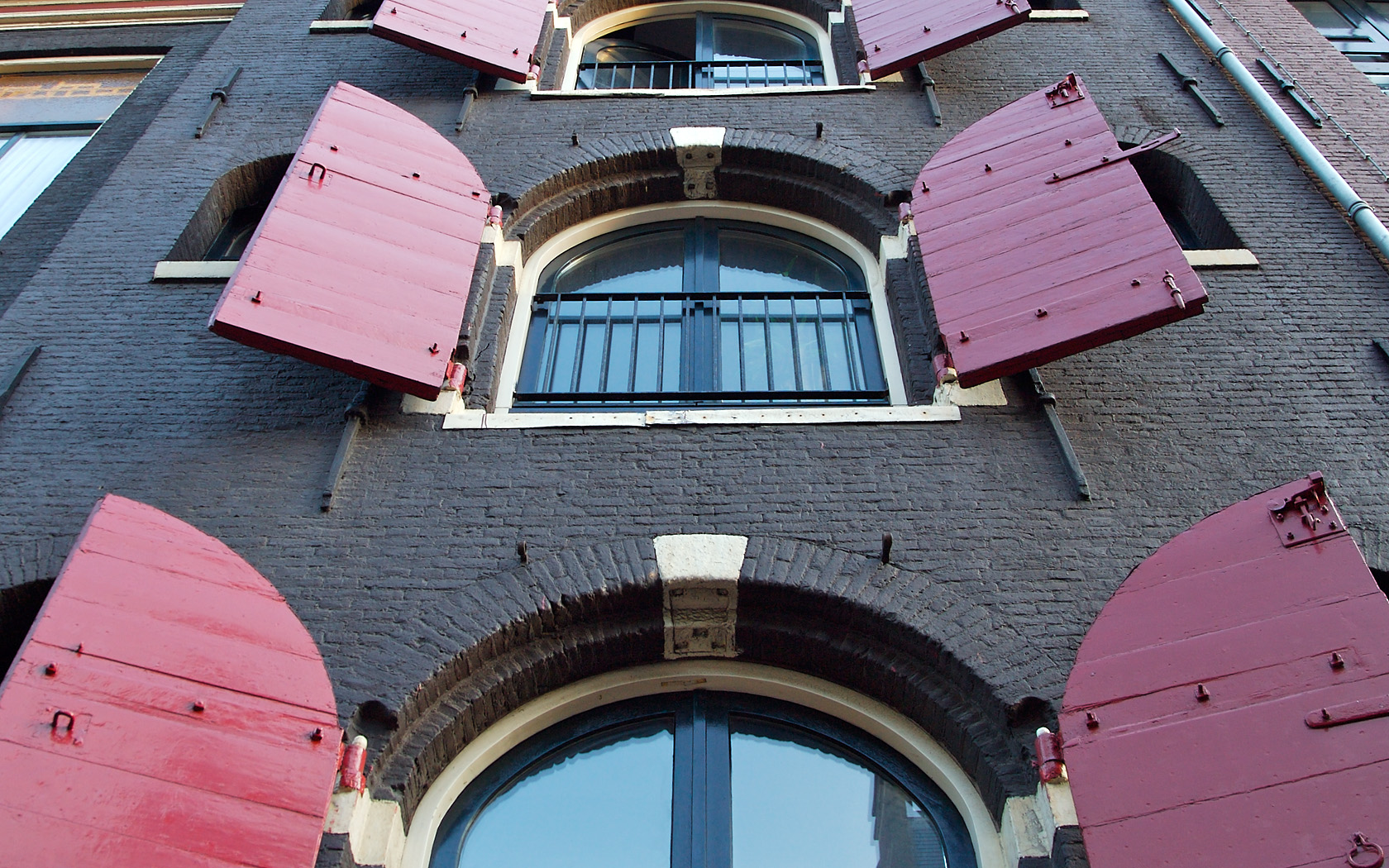 If you were hoping for a photo of the famous "red light" district of Amsterdam, sorry. I've heard that taking photos there can be very risky - the women working there want their privacy protected.
If you were hoping for a photo of the famous "red light" district of Amsterdam, sorry. I've heard that taking photos there can be very risky - the women working there want their privacy protected.